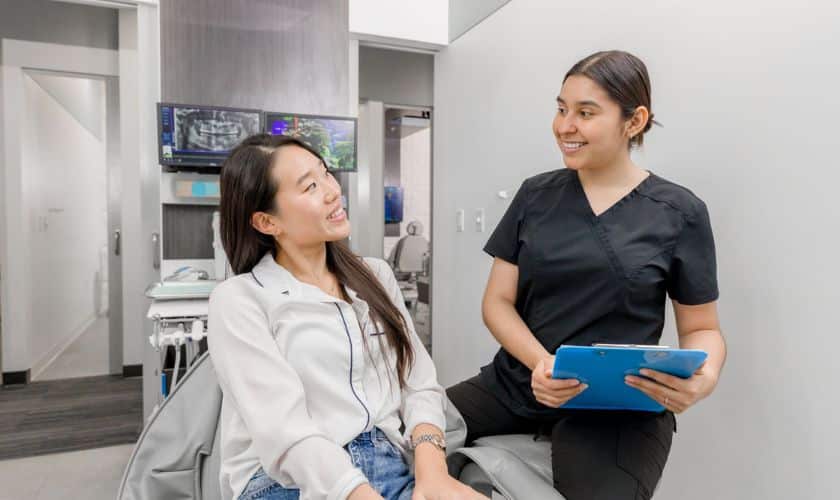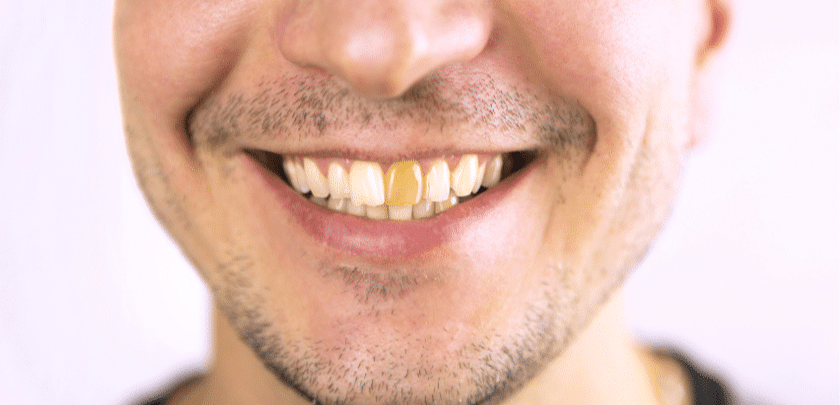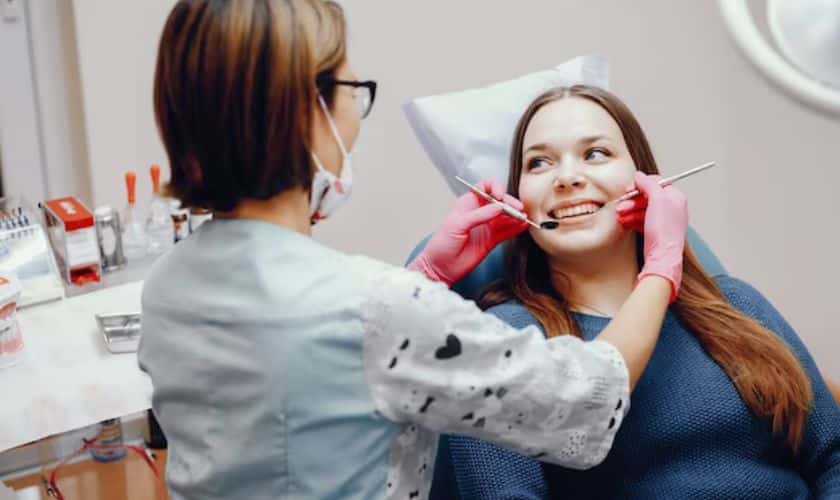Pearl Dental Blog

Soothing Smiles: Discover the Serenity of Sedation Dentistry
Are you anxious or fearful of dental procedures? Sedation dentistry offers a soothing solution. Discover the serenity and peace of mind that comes with this specialized approach to dental care. Whether you have dental phobia, a sensitive gag reflex, or require extensive treatments, sedation dentistry can help you relax and receive the care you need. In this introduction, we will explore the various types of sedation techniques used in dentistry, their benefits, and how they can enhance your dental experience. Say goodbye to dental anxiety and embrace the serenity of sedation dentistry for a truly soothing smile.
What is Sedation Dentistry?
Sedation dentistry uses medications to help patients relax and remain calm during dental procedures. It is designed to create a soothing and anxiety-free experience for individuals who may feel fearful or anxious about visiting the dentist. Through various sedation techniques, such as oral sedation, nitrous oxide (laughing gas), intravenous (IV) sedation, or general anesthesia, patients can achieve a state of deep relaxation, making it easier for the dentist to perform the necessary treatments. Sedation dentistry allows individuals with dental phobia, a low pain threshold, or complex dental needs to receive the care they require while feeling comfortable and at ease.
Types of Sedation Techniques
1. Oral Sedation: This involves taking a prescribed medication, usually in pill form, to induce a relaxed and drowsy state.
2. Nitrous Oxide (Laughing Gas): A mixture of nitrous oxide and oxygen is inhaled through a mask, producing a calming and euphoric effect.
3. Intravenous (IV) Sedation: Medication is administered directly into the bloodstream through an IV, allowing for deeper sedation levels and precise control.
4. General Anesthesia: This is a deep sedation technique where the patient is unconscious and completely unaware during the dental procedure, typically performed in a hospital or surgical setting under the supervision of an anesthesiologist.
Benefits of Sedation Dentistry
1. Anxiety Relief: Sedation dentistry helps alleviate dental anxiety and fear, allowing patients to undergo the necessary treatments calmly.
2. Increased Comfort: Sedation techniques relieve pain and promote relaxation, ensuring a more comfortable experience during dental procedures.
3. Time Efficiency: Sedation dentistry allows complex or lengthy procedures to be performed in fewer appointments, saving the patient and the dentist time.
4. Enhanced Dental Care: By reducing stress and discomfort, sedation dentistry enables patients to receive the necessary dental care, promoting better oral health and overall well-being.
The Sedation Dentistry Process
1. Consultation: The dentist evaluates the patient’s medical history and determines the appropriate sedation method based on their needs and preferences.
2. Preparations: The patient may receive instructions regarding fasting, medication, and transportation to and from the dental appointment.
3. Administration: The chosen sedation method, such as oral medication, nitrous oxide, or intravenous (IV) sedation, is administered to induce relaxation and reduce discomfort.
4. Monitoring: The patient’s vital signs, including heart rate, blood pressure, and oxygen levels, are monitored throughout the procedure to ensure safety.
5. Recovery: After the procedure, the patient is carefully monitored until the effects of sedation wear off and they are deemed fit for discharge. Post-operative instructions and any necessary follow-up appointments are provided.
FAQs about Sedation Dentistry
1. Is sedation dentistry safe?
Yes, sedation dentistry is generally safe when administered by trained professionals. The dentist will evaluate your medical history and choose the appropriate sedation method.
2. Will I be unconscious during sedation?
It depends on the type of sedation used. With mild sedation, you will be awake but relaxed. With moderate to deep sedation, you may be semi-conscious or even asleep but still able to respond to stimulation.
3. How long does the sedation effect last?
The duration of sedation varies depending on the type and dosage of the medication used. Some sedation effects may last a few hours, while others may linger longer. Following post-operative instructions and having someone accompany you for transportation is important.
4. Are there any side effects of sedation dentistry?
Like any medical procedure, sedation dentistry carries risks and potential side effects. These can include temporary drowsiness, nausea, headaches, or a dry mouth. However, complications are rare and can be minimized by following the dentist’s instructions.
5. Can I drive myself home after sedation dentistry?
No, it is not recommended to drive yourself home after undergoing sedation dentistry. The effects of sedation can impair your coordination, reflexes, and judgment. It is advisable to arrange for a responsible adult to accompany you and drive you home safely.
In conclusion, sedation dentistry provides a serene and comfortable experience for individuals with dental anxiety or extensive dental procedures. It offers a range of sedation techniques tailored to the patient’s needs, ensuring a stress-free and painless dental visit. With the benefits of relaxation, reduced anxiety, increased comfort, and improved treatment outcomes, sedation dentistry has revolutionized dental care, allowing patients to receive oral care in a calm and soothing environment. Consult with your dentist to explore if sedation dentistry is suitable for you.





